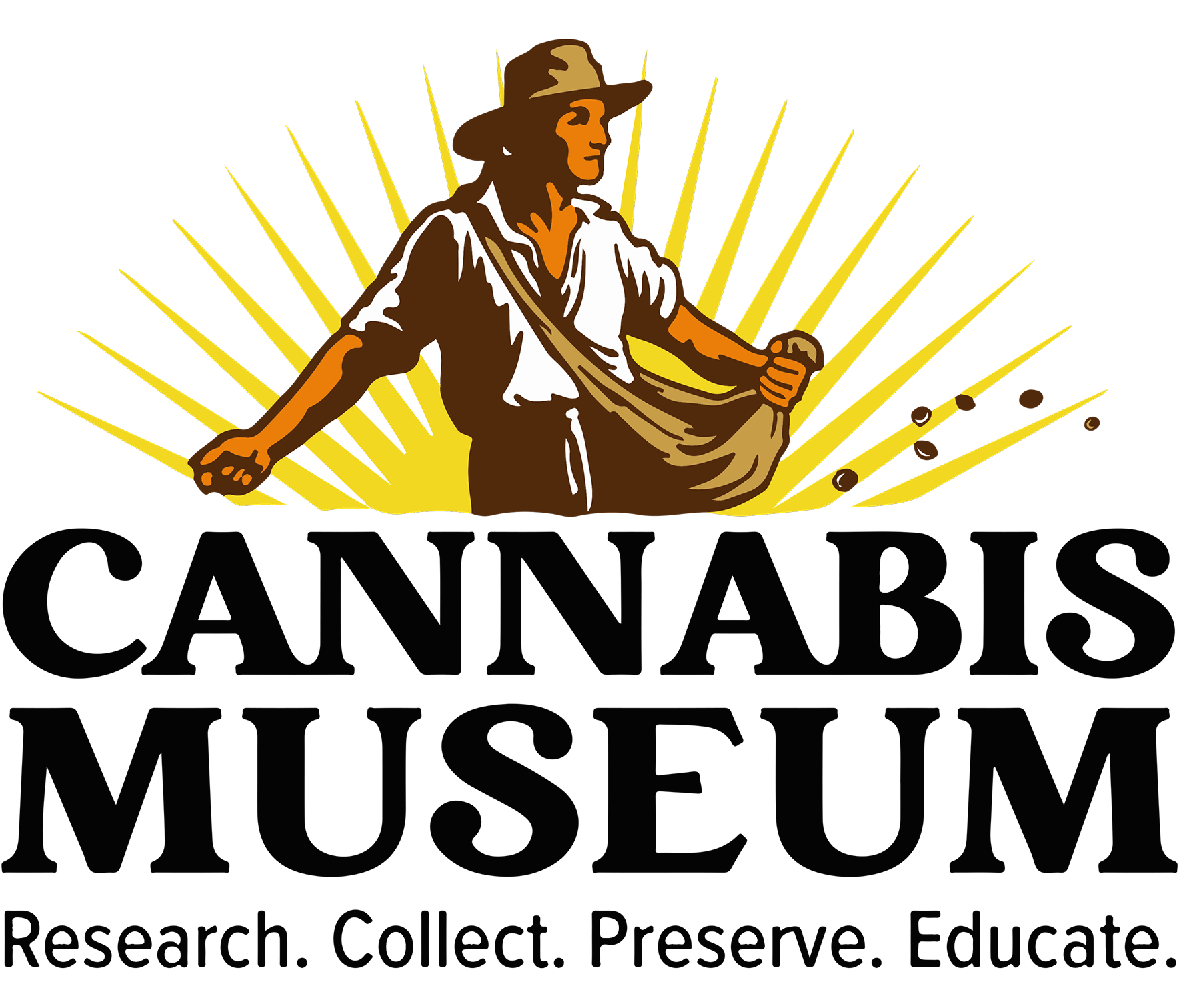Inverted Cannabis Show Bottles
 When Indica varieties were first introduced, customers became curious and wanted to understand the differences between sativa and Indica variety medicines. They wanted to be sure they were getting potent and pure products.
When Indica varieties were first introduced, customers became curious and wanted to understand the differences between sativa and Indica variety medicines. They wanted to be sure they were getting potent and pure products.
In the Victorian age, doing this in a sanitary way was important. Inverted show jars, placed on counters to display the varietal differences, were the high-tech displays of their day. Inverted show jars were available in globe, pear or straight profiles. They remained on display in American drug stores into the 1960s.
Soon after Indica varieties were introduced, either on purpose or inadvertently, hybrids of the two varieties were created. Without the tools of modern science, the breeders could not see how combining these two lines of plants produced offspring with uncertain genetics and medical effects. The mixed genetics in these crosses created plants with a range of cannabinoid content. Those trying to breed back consistency and create stable cultivars had many challenges. Concerns over toxicity caused those working with the plant to be unwilling to run tests repeatedly on themselves. Instead, both Eli Lilly and Parke-Davis tested their products on dogs. Both companies widely advertised this physiological testing as a consumer advantage. The problem was that dogs were not a reliable testing tool and could not well differentiate cannabidiol (CBD) from tetrahydrocannabinol (THC).
Crossing of the Sativa and Indica varieties created mixed genetics. The inheritance of these traits was unknown and the importance of preserving genetic stock not understood. Without a reliable way to test the cannabinoid profile of a plant, breeders created a mix of genetics that often failed to produce consistent medicine.
In the 1892 Whitall Tatum Company annual pricing catalog, inverted bottles were available in sizes ranging from a half ounce at 15 cents, to a half bushel for $5.50. Small leather saddles were provided with the bottles to hold the inverted bottle upright for use on a countertop. These bottles exemplify showmanship and practicality. They are dramatically eye catching, a great example of the glass blower’s art. They feature a practical double airtight closure, inversion and a cork. Mouth blown in molds and hand polished, the earlier bottles are exceptionally thin and consistently transparent. Later bottles produced for mass consumption became thicker and more utilitarian. These flint glass bottles are sized 4 1/2″ by 2 3/4″, and 14″ by 5″, with cork stoppers to fit the salt mouth recessed necks.
Purchase Print of Inverted Cannabis Show Bottles
